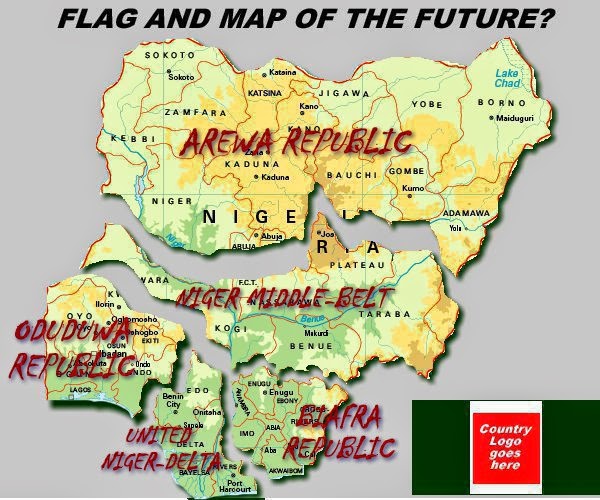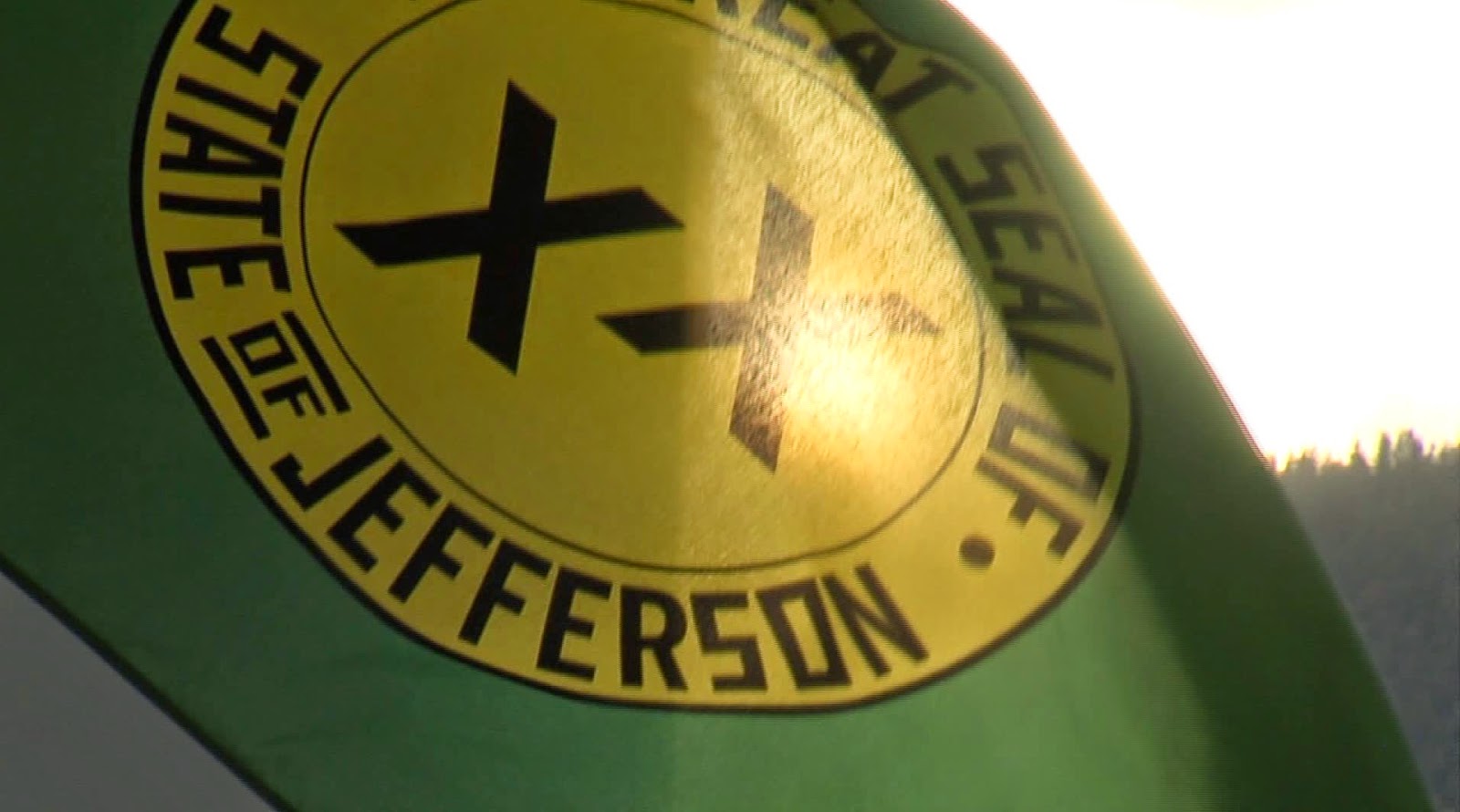The so-called “frozen conflict” between the
Republic of Armenia and the
Republic of Azerbaijan over the
Nagorno-Karabakh territory
may be thawing out in the post-
Crimea world of Russian expansionism. That would be bad news for the safety and stability of the rest of the Soviet successor states and for the Middle East as well.
The blurry, contested line between
Armenian and
Azeri areas was the first part of the wobbling
Soviet Union to flare into war—as early as 1988, years before Armenia, Azerbaijan, and
Georgia became independent in 1991. Some history: those three nations had established brief independence during the Russian Civil War that raged for years after the
Bolshevik revolution of 1917. When they were absorbed into the new
Union of Soviet Socialist Republics by victorious Bolsheviks in the 1920s, guarantees were given to protect the rights of the ethnic Armenian minority in the Nagorno-Karabakh region of what was now the
Azerbaijani Soviet Socialist Republic, and to resolve the border dispute eventually. But that became moot as
Josef Stalin exerted brutal central control over the entire
U.S.S.R. and repressed national identities other than Russian. For decades, it did not matter where the boundaries between republics and sub-republics and fictively labeled “autonomous regions” were if everyone’s lives were run directly from the Kremlin anyway.
But the 1980s saw a revival of Armenian aspirations to expand into Armenian-populated areas of Azerbaijan, and, not always even unconsciously, to exact vengeance on Turkic-speaking Azeris for the 1910s and 1920s genocide by
Anatolian Turks in the “
Western Armenia” region that was forcibly absorbed into the new
Republic of Turkey. A six-year war ended in 1994 with an Armenian victory, the deaths of nearly 40,000 people, mostly Azeris, and the establishment of the
Nagorno-Karabakh Republic (
N.K.R., a.k.a.
Artsakh Republic), a supposedly independent Armenian puppet state carved out of western Azerbaijan. The N.K.R. was ethnically cleansed of Azeris and
Kurds, bankrolled by the fiercely nationalistic Armenian diaspora (especially in the
United States), and backed both diplomatically, militarily, and financially by Armenia and, less directly,
Russia.
Since 1994, peace talks have dragged on without result and a shaky cease-fire has held—just barely—on the border between the N.K.R. and Azerbaijan proper. As long as things did not flare up again, it was a situation the international community could live with and mostly, it hoped, afford to ignore. Till now. So far in August, though the figures are disputed, twenty people have been killed along the cease-fire line, including young civilians, and including flare-ups along the tensest part of the shared border, that between Armenia and the Azeri exclave of
Nakhchivan, wedged between Armenia,
Iran, and Turkey—tensest because no one,
no one, wants Armenia and Turkey to start shooting at each other.
 |
| Armenian-American demonstrators in Los Angeles with the Nagorno-Karabakh flag |
On one level, none of this is unheard of: each year since 1994, dozens of incidents have occurred along the border, mostly snipers mistaking civilians for hostiles when they stray too close to the hot zone. Each month, each country routinely issues a list of the other side’s supposed cease-fire violations. But none of it has been game-changing. What is different in the past three weeks has been the numbers: more deaths along the border than in the average year over the past decade of “peace.” And the usual propaganda issuing from both Yerevan and Baku about these incidents is using more heated rhetoric than usual. Ambassador
James B. Warlick, Jr., the U.S. co-chair of the
Organization for Security and Cooperation in Europe (
O.S.C.E.) committee on Karabakh called the
Minsk Group,
went so far as to declare earlier this month, “Unfortunately, the armed conflicts in the region show that the Nagorno-Karabakh conflict is not ‘frozen’ anymore. You cannot explain to the family of an injured or a dead soldier that it is a frozen conflict.” And
John Heffern, the U.S. ambassador to Armenia,
recorded a special video message to both sides in the conflict, urging peace.
An emergency meeting in Sochi, Russia, between Russia’s president
Vladimir Putin, the Azerbaijani president
Ilham Aliyev, and the Armenian president
Serzh Sargsyan ended last week with nothing to show and the situation more tense than ever. This week, on August 18th, the foreign ministers of Azerbaijan, Georgia, and Turkey
met in Nakhchivan, a meeting which mainly ended with Tbilisi and Ankara expressing determination to stay out of the Karabakh mess at all costs. Meanwhile, the
Armenian National Committee of America (
ANCA)
is activating its water-carriers in the U.S. Congress to escalate anti-Azerbaijan rhetoric—a losing battle in some ways, since the Armenian government has hitched its wagon to the isolated and despised Putin regime (see relevant articles from this blog
here and
here).
 |
| Presidents Aliyev and Sargsyan |
Why now? Surely it has much to do with the new cold war between Russia and the West. Russia had always aligned itself far more with the Armenian side in the dispute. Russia under Putin regards itself as a Christian country, and a large component of the conflict is sectarian: Armenians are mostly Christian, and Azeris, like most other Turkic-speaking peoples, Muslim. Azerbaijan became a natural ally of Turkey, which is a member of the
North Atlantic Treaty Organization (
NATO), a quixotically aspirant
European Union (
E.U.) member state, and a long-time enemy of Armenians. And the puppet-state model used by Armenia in Nagorno-Karabakh is identical to the approach used by Russia in the supposedly independent republics of
Abkhazia and
South Ossetia carved out of Georgia, the partly-ethnic-Russian-populated
Pridnestrovian Moldavian Republic (a.k.a.
Transnistria) carved out of
Moldova, and, before its annexation, the briefly “independent”
Republic of Crimea within
Ukraine. The
Donetsk People’s Republic and
Lugansk People’s Republic in southeastern Ukraine, currently the scene of a war between Ukrainian and pro-Kremlin forces, are further examples. After Crimea’s annexation, Abkhazia and South Ossetia began clamoring for annexation as well, and Transnistria and the N.K.R. began asking for, if not annexation by their sponsoring states (Russia and Armenia, respectively), at least the diplomatic recognition that Russia and a handful of toadying allies like
Nicaragua and
Venezuela grant to Abkhazia and South Ossetia. So the N.K.R. is getting restless. Some there are confident they can win an endgame, like the one apparently playing out in Ukraine.
Expanding outward, Iran and
Syria are also allies of Russia and Armenia, while the U.S.,
Israel, and the autonomous
Kurdistan Regional Government in northern
Iraq are allied with Azerbaijan and Georgia. So the seemingly imminent independence of
Iraqi Kurdistan and eventual control of Syria by Western-leaning forces in that civil war are prospects that are making Russian and Armenian nationalists eager to make the N.K.R.’s status official. What we are seeing could be engineered provocations by the Armenian side—or by the Azeri side, though they are less motivated to unfreeze the conflict.
Or are they? Some Armenian observers have a different fear. They see Russia’s diplomatic isolation and the international sanctions against it as motivating factors behind a new initiative by Putin to resolve the Nagorno-Karabakh conflict in
Azerbaijan’s favor, as a way of making nice with the West. In this view, Putin encouraged Aliyev to shatter the cease-fire so Putin could play peace-maker and put Armenia in its place. Like many paranoid nationalist theories, this one is full of holes. For one thing: why would the international community care so much about what happens way over in the South Caucasus that it would forgive Putin for stoking conflict in Ukraine that directly threatens to embroil all of Europe and destabilize the global international order? And why would Putin shrink the territory where he exerts influence? The Armenian theory holds that it is part of a longer game by Putin to bully Azerbaijan into joining the new
Eurasian Union trade bloc (also containing
Belarus and
Kazakhstan) into which Putin has already bullied Armenia into joining. To sum up: Armenian nationalists, by allying themselves with Russia, have painted themselves into a corner and now feel that the whole world opposes them. It sort of does, actually, and the Armenian government sort of asked for it. That kind of feeling of ethnonational grievance and persecution is a dangerous cocktail: it makes leaders take military risks (think
Adolf Hitler or Putin).
 |
| As an observent reader pointed out, Iceland, despite being blue in this map, is not actually in the E.U. See comments below. |
With war already engulfing all of Syria, all of Iraq, and half of Ukraine, both Armenia and Azerbaijan would do well to dial back the rhetoric, lower their weapons a bit, and let this conflict freeze over again. No good can come of a thaw.
[For those who are wondering, yes, this blog is tied in with my forthcoming book, a sort of encyclopedic atlas to be published by Auslander and Fox under the title Let’s Split! A Complete Guide to Separatist Movements, Independence Struggles, Breakaway Republics, Rebel Provinces, Pseudostates, Puppet States, Tribal Fiefdoms, Micronations, and Do-It-Yourself Countries, from Chiapas to Chechnya and Tibet to Texas. The book, which contains dozens of maps and over 500 flags, is now in the layout phase and should be on shelves, and available on Amazon, by early fall 2014. I will be keeping readers posted of further publication news. Meanwhile, please “like” the book (even though you haven’t read it yet) on Facebook.]
 |
Looking for a scary Halloween costume?
How about “Naughty” Armenian Ultranationalist? |












































